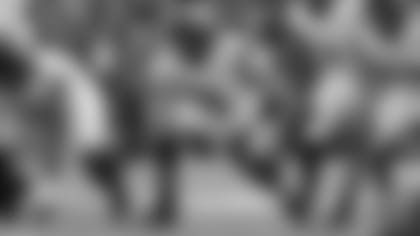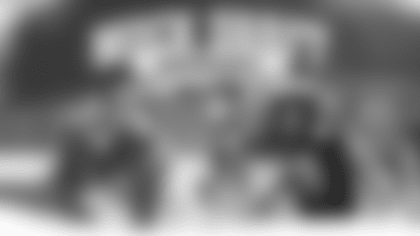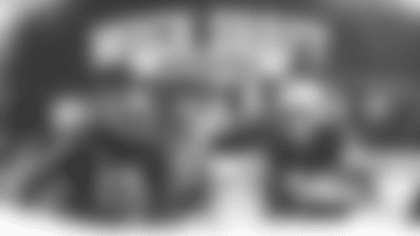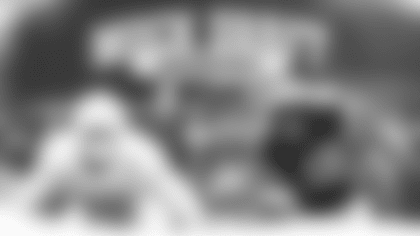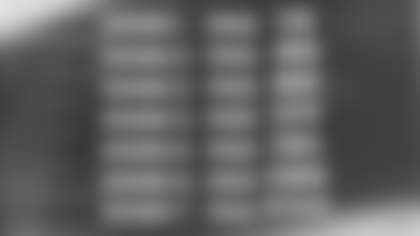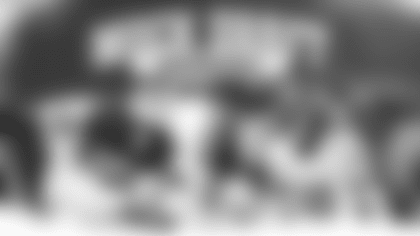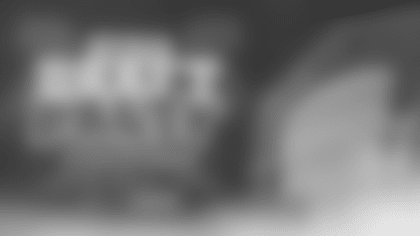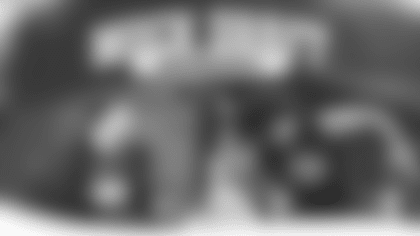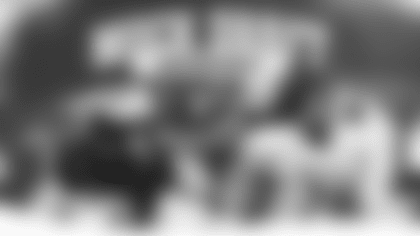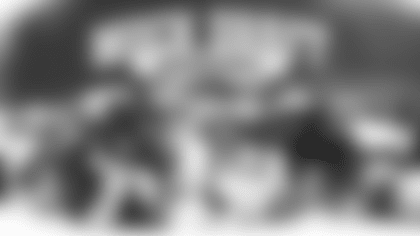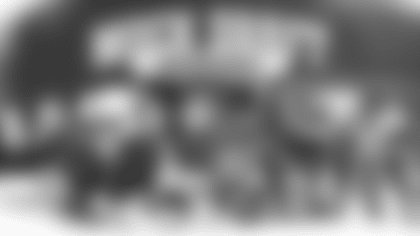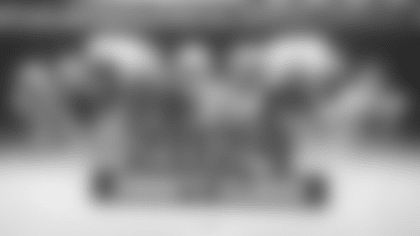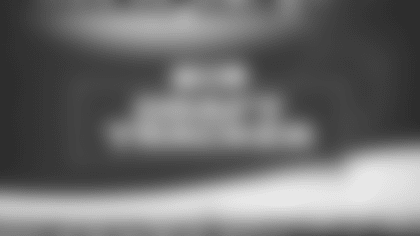INDIANAPOLIS — Having a strong offensive line is one of the cornerstones of how the Indianapolis Colts choose to build their team. A clean quarterback and open lanes for running backs is usually going to equal a pretty effective offense.
After ensuring all five starters from 2018's line returned under contract in 2019, the Colts waited until the seventh round of the 2019 NFL Draft to add another lineman to the group. With that pick, they selected Utah left tackle Jackson Barton.
The Colts were able to bring in the First-Team All-Pac 12 selection with the 240th-overall pick, a blindside protector who helped Utah eclipse 2,500 rushing yards in each of the last two seasons.
Before signing on with the Utes, Barton was a coveted four-star recruit who ranked seventh nationally among all tackles and No. 1 in the state of Utah. Both he and his brother Cody — a third-round pick by the Seattle Seahawks in this same draft — chose to stay in-state with the Utes.
Although most of his collegiate experience is at left tackle, many expect Barton to make the switch over to the right side in the NFL. According to him, the transition shouldn't be an issue.
"No, my offensive line coach at Utah did a really good job of making sure I could do both sides," Barton told reporters after the draft. "So I have been working at the right side a lot. I played a little bit of right side my sophomore year as well. So I can play both sides."
One concern about Barton entering the draft was that — given his height — his pad level isn't consistently low enough, leading to opponents getting leverage under his grasp.
However, he has almost the exact same measurements as current Colts left tackle Anthony Castonzo: both are 6-7, Barton is 310 pounds while Castonzo is 311, and Barton's arms are 34 inches while Castonzo's are 34 ½". One difference is that Barton's hands are small for the position at 9 ¼", which only ranks in the fourth percentile among NFL tackles.
All that said, Barton can be coached up to use his size in a more productive manner similar to how Castonzo does.
With that size comes obvious length, which helps him get his hands on defenders quickly. Barton also covers quite a bit of ground with his kickslide.
He has good upper body strength to keep guys locked up and to drive them back. If a rusher gets the jump on him, he has the ability to redirect them, and he has the ability to recover and run them up the arc and away from the pocket.
Another positive is that Barton has decent speed to get out in space and lead block on the outside, or pull.
Aside from fixing his pad level, Barton could work on covering more ground laterally so that defenders don't get the inside track on him as often. He typically has things covered if defenders approach him from his outside shoulder, but if they counter inside he's been late getting to them.
His hand placement may also be a focal point from offensive line coach Chris Strausser and senior offensive assistant Howard Mudd, as Barton's hands need to come inside on a more consistent basis. Otherwise, it's more difficult to control the defender, and holding calls may pop up.
One requirement of being on the Colts' offensive line is toughness and attitude. Barton knows that comes with the territory.
"It has to be. If you're an offensive lineman you have to be tough," he said. "So I really attribute that to the past couple years working on my toughness in this game, but I feel like it's paid off and I am just reaping the rewards right now, man. I am really excited to get out there with my future teammates."
With his versatility, willingness to learn and get physical with defenders, Barton is a natural fit to come in and compete for a spot on the Colts' roster.



